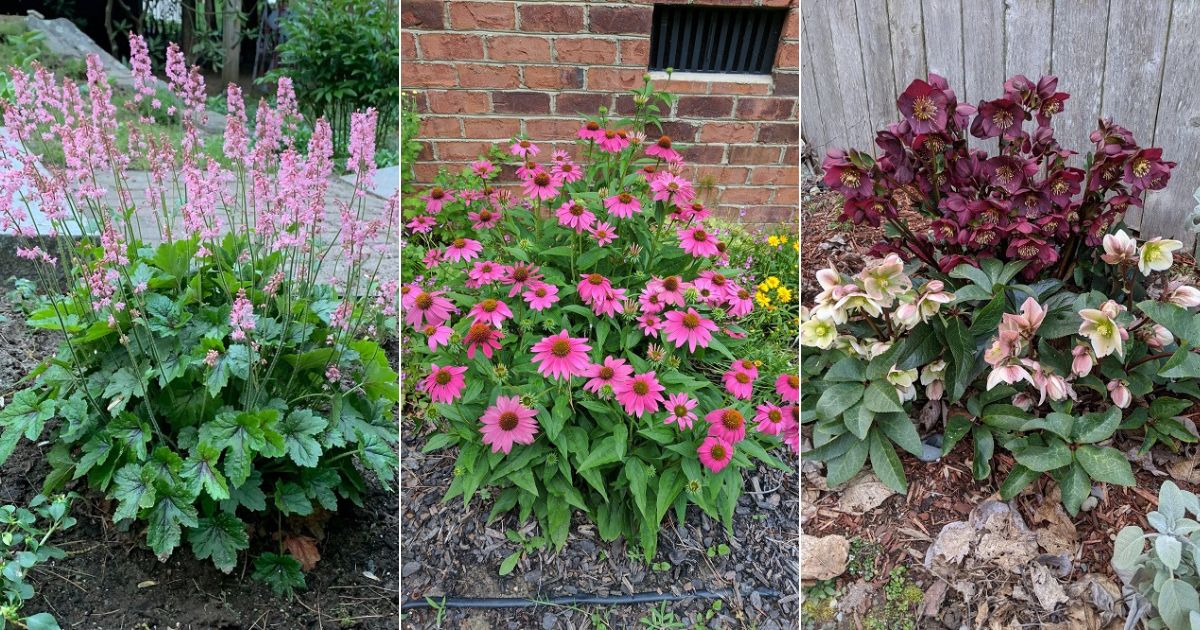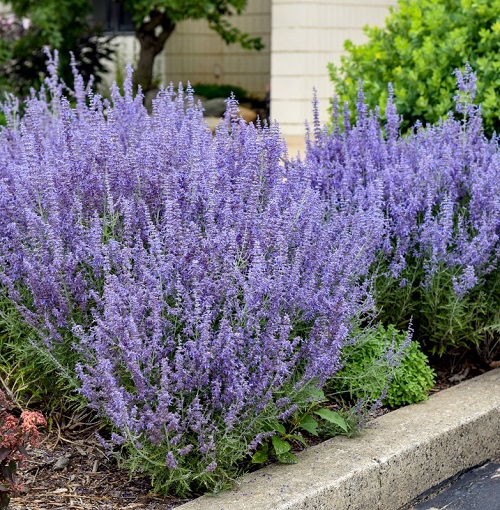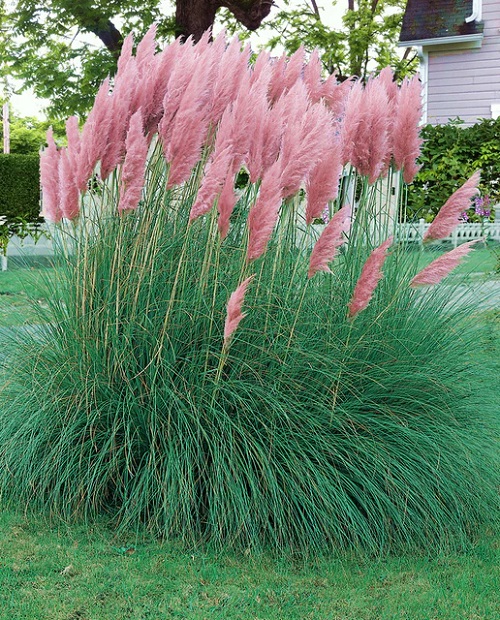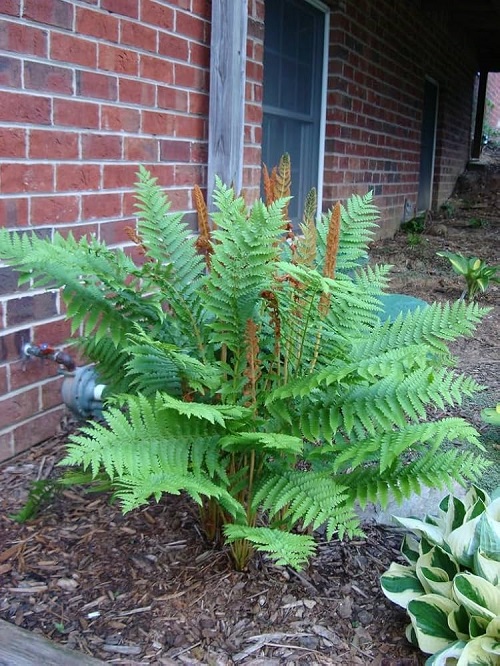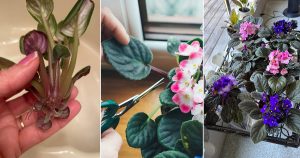Find out which Perennials You Should Never Cut Back in Winter to protect buds, support wildlife, and keep your plants strong for spring.
Some perennials need their foliage left in place through the cold months. They use the stems and leaves to protect their crowns from frost and sudden temperature drops. Leaving them intact helps them grow better in spring. It also protects new buds that form at the base. Here are the perennials you should leave alone until warmer weather returns.
Perennials You Should Never Cut Back in Winter
1. Lavender
Lavender plants need their old stems during winter because the growth points stay close to the base. If you cut the plant back in the cold season, you may remove the buds that will grow in spring. The woody base also becomes weaker. Leaving the plant uncut helps it survive freezing temperatures and protects it from moisture damage. You can shape it when new growth appears in late spring.
2. Russian Sage
Russian sage holds its structure during winter and protects the plant crown from cold winds. The stems help trap snow, which acts like a natural blanket. Cutting it back too early exposes the base to icy weather and can lead to dieback. When you leave the stems in place, you also support strong new shoots in spring. Prune it only when you see fresh growth.
3. Coneflowers

Gardeners, especially in the Southeast, should avoid cutting back purple coneflowers because it harms the small ecosystem these plants support. The dried seed heads provide important winter food for birds like finches. The hollow stems also give bees a place to lay their eggs. Cutting the plants too early can disturb both. If you must cut them back, wait until spring and leave at least eight inches of the stems so birds and insects can still benefit.
4. Ornamental Grasses
Most ornamental grasses stay strong during winter and protect themselves with their tall clumps. Cutting them too early exposes the center to moisture and cold that can rot the crown. The upright structure helps trap snow and shields young shoots forming at the base. Leaving them intact prevents winter damage and supports healthy spring regrowth. Trim them only before new green blades appear.
5. Coral Bells
Coral bells often keep some of their leaves during winter. These leaves protect the crown and prevent frost from harming new buds. If you cut the plant back in winter, you may expose the roots and cause them to heave out of the soil. Keeping the foliage in place helps the plant stay stable through freezes. Remove damaged leaves only in early spring.
6. Hellebores
Hellebores form flower buds during late fall and early winter. If you cut back the plant at this time, you may remove the buds that will bloom in late winter or early spring. The old leaves protect the base from frost and harsh winds. Leaving the foliage untouched helps the plant stay healthy until it starts pushing new stems. You can clean up old leaves after flowering.
7. Ferns
Many ferns keep their dry fronds in winter, and these fronds can make your garden look nice. Wait to cut them back until you see new green fronds coming up in early spring.

